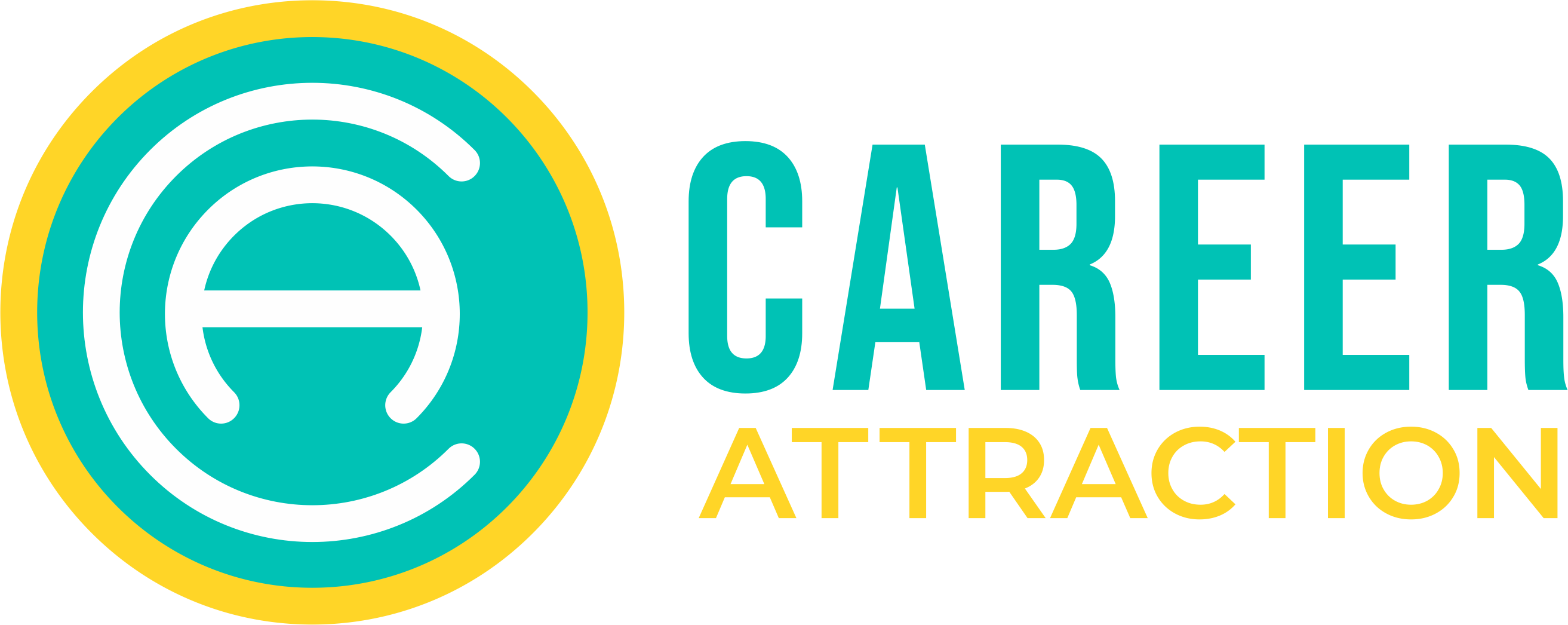When was the last time you worked less than a 40-hour week? If it’s hard to remember, you’re not alone. Most office jobs give employees enough work to spread from a 40-hour week into 50 hours and beyond — and it’s not healthy (for the bottom line or the employees).
Whether you’re a GenY multitasker or a dedicated Baby Boomer, read on for four things you can do today to make your workday more efficient:
1. Set Boundaries
If you’re in a management position, you probably have a long list of coworkers and employees who are trying to get time on your calendar. If you’re not, you’ve got bosses and teammates clamoring for the same thing.
And while it’s important to stay in communication with your team, it’s equally important to spend time performing the duties of your role. Without boundaries to control how much time you spend on each of these tasks, you can quickly give up your day to someone else’s big emergency. Before you know it, the day is over and you haven’t accomplished anything you needed to get done.
Your solution? Set boundaries on your time so you can toe the line between being available and tending to your primary function. Make an effort to establish with your employees, managers and coworkers what times of day you’ll be essentially “offsite” while you tend to vital tasks — as well as times when you’re available for impromptu check-ins.
2. Break Up Your Day
You know yourself better than anyone, so put that knowledge to work by breaking up your day according to the times when you’re most efficient. If you’re better at answering emails in the afternoon when the day comes to a close, don’t spend your morning doing so. If any meeting after 2:00 p.m. is hard to focus on, schedule yours for before noon.
Here’s an example of what a broken-up schedule might look like for an average day for someone who has a high level of concentration in the morning and a tendency to be more social in the afternoons:
8:00 a.m. – 8:30 a.m. Sip coffee while reviewing today’s and tomorrow’s calendars. Note any meetings that will require preparation.
8:30 a.m. – 11:30 a.m. Heavy work session — no taking calls or visitors or checking email, phone, Facebook or voicemail while you power through important tasks.
1:00 p.m. – 3:00 p.m. Meetings with various personnel.
3:00 p.m. – 4:00 p.m. Brainstorming and problem-solving.
4:00 p.m. – 5:00 p.m. Answering emails.
Aligning each task with your peak effectiveness will make the time fly and your to do list shrink in no time.
3. Pad Your Meetings (or Skip Them Altogether)
Meetings are famous productivity busters, so it might seem strange to make them more productive by setting aside more time for them, but there’s a trick to it. When you schedule your meetings, set an automatic padding of 15 minutes on the front and back end to tend to action items or results you anticipate arising from the meeting.
By setting aside time to prepare for a meeting and to debrief afterwards, you ensure you’ll arrive ready to discuss everything you need to and that you’ll follow through on the results of the meeting.
That said, if you’ve been scheduled for a meeting that requires no preparation and won’t have any follow-up? That’s a good sign the meeting isn’t worth your time and is better off cancelled.
4. Set Aside Thinking Time
It’s well-accepted by some of the most successful companies in the world that everyone needs thinking time. But how many of us actually make time for it?
Take your day back by scheduling 15 minutes of unaccounted for, business-focused brainstorming time. Turn away from your computer and let your mind wander with a pen and a notebook. Let your subconscious unravel your problems and leave you in a more relaxed — and more efficient — state of mind.
Ironically, giving up 15 minutes of work will help you get more work done in the end. (Tweet this idea.)
What workday warrior secrets keep you at the top of your game? Share your wisdom in the comments!
Sarah Greesonbach is a former teacher turned content and new media specialist who blogs at Life [Comma] Etc about simple food, better relationships and more money for everyone. If you want more of any of that, connect with her on Twitter @AwYeahSarah or get help with your company blog and website at Greesonbach Creative.
Image: Flickr













